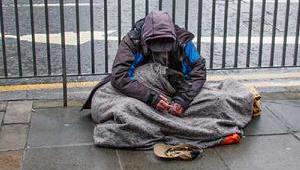The unit in Brooklyn, New York, will be available to the tens of thousands of rough sleepers in the area.
“It is hard to go to school; it is hard to interact; it is hard to live with dignity when you can’t take care of your basic necessities,” said Brooklyn borough president Eric Adams.
The unit will also allow support workers to provide other services, such as mental health care and HIV testing.
The project has been paid for with a grant of $308,000 from the borough president’s office and $77,000 from the city council, which was allocated via a participatory budgeting process.
The latter figure was approved for a similar, smaller project two years ago that fell through, but the project was picked up by the borough and brought to fruition.
Jez Hall, founding director of the UK-based Shared Future community interest company, which advises on participatory budgeting projects, said many similar local projects begin through public budget-setting processes that otherwise might never happen.
“Participatory budgeting connects really directly with individuals’ concerns, and is therefore a really powerful tool for responding to particular interests. It provides a route for people who might not otherwise have access to public funds,” he said.
“It often has a strong social justice aspect to it, and it’s a really good way to reach marginalised communities – and usually operates on a very local footing.”
Hall said it can respond quickly to local needs, and it is often useful to ‘prototype’ schemes that might later be rolled out to a wider area.













